Python is utilised in a variety of fields around the world, including website development, artificial intelligence, and more. But, in order for all of this to be possible, data is critical, which implies that it must be kept efficiently and accessed in a timely manner. So, how do you go about doing it? Data Structures are something we use. With that said, let’s go over the subjects we’ll be covering in data structures using python and to learn more about data structures in python, join Python Training in Chennai.
What is a Data Structure?
Data organisation, management, and storage are critical since they allow for simpler access and efficient adjustments. Data Structures let you to organise your data in a way that allows you to store groups of data, link them together, and perform actions on them.
Types of Data Structures in Python
Data Structures are built-in to Python and allow you to store and access data. List, Dictionary, Tuple, and Set are the names of these structures.
Users can construct their own Data Structures in Python, giving them complete control over their functionality. The most common Data Structures include Stack, Queue, Tree, and Linked List, which are also available in other programming languages. So now that you know what kinds are accessible, let’s move on to Data Structures and see how to build them in Python.
Python Online Course at FITA Academy will enhance your technical skills in python programming language with the best practical knowledge.
Built-in Data Structures
These Data Structures are built-in with Python, as the name implies, making programming easier and allowing programmers to achieve solutions faster. Let’s take a closer look at each of them.
Lists
Lists are used to hold data of various types in a logical order. Every element of the list has an address, which is referred to as the Index. The index value starts at 0 and continues until the last element, which is referred to as the positive index. Negative indexing, which begins at -1, allows you to access elements from the last to the first. Let us now use an example programme to better comprehend lists.
Creating a list
You use square brackets to make a list and then add elements to it as needed. If no elements are given inside the square brackets, the output is an empty list.
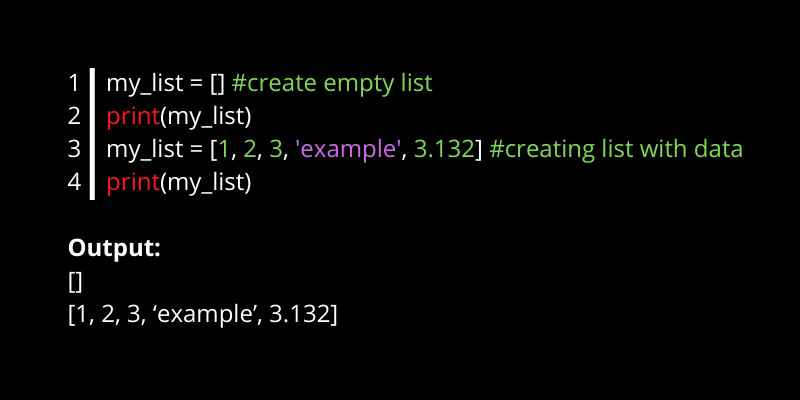
Adding Elements
The append(), extend(), and insert() operations can be used to add elements to the list.
- The append() function combines all of the components provided to it into one.
- The extend() function adds each element to the list one by one.
- The insert() function increases the size of the list by adding the element given to the index value.
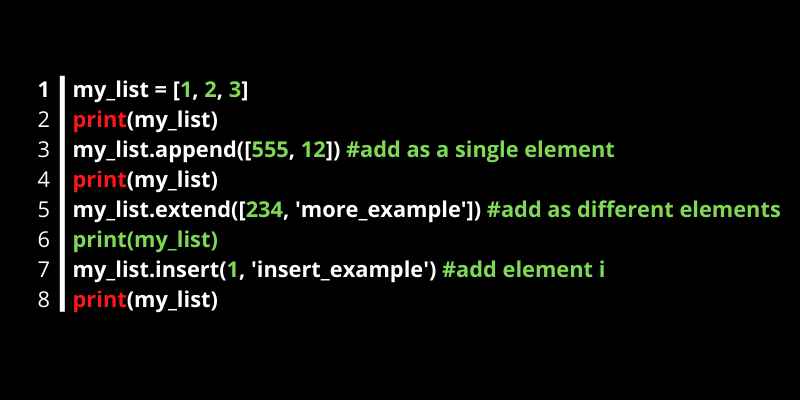
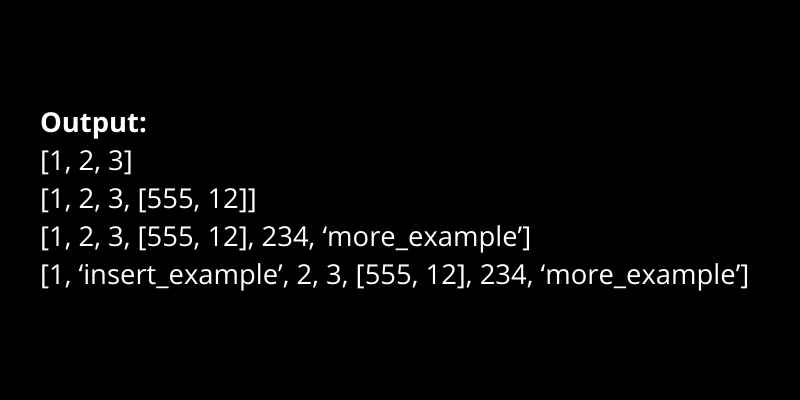
Other Functions
When working with lists, you can use a variety of different functions.
- The length of the list is returned by the len() method.
- The index() function returns the index value of the supplied value where it was first seen.
- The count() function returns the number of times the value provided to it has been counted.
- The sorted() and sort() functions both perform the same thing: they sort the list’s values. Sort() returns a value, whereas sort() alters the original list.
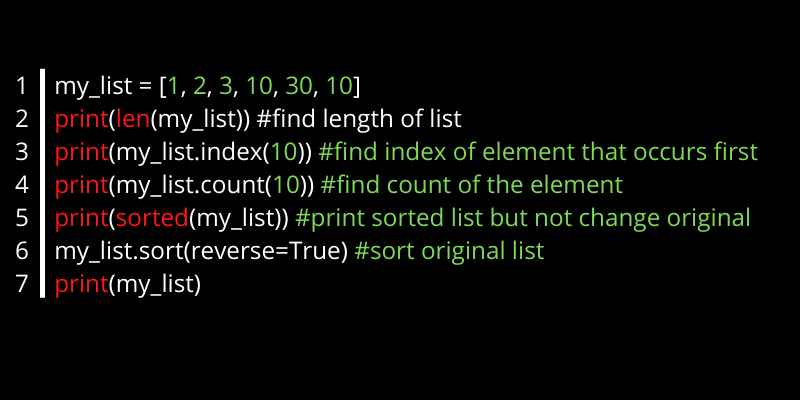
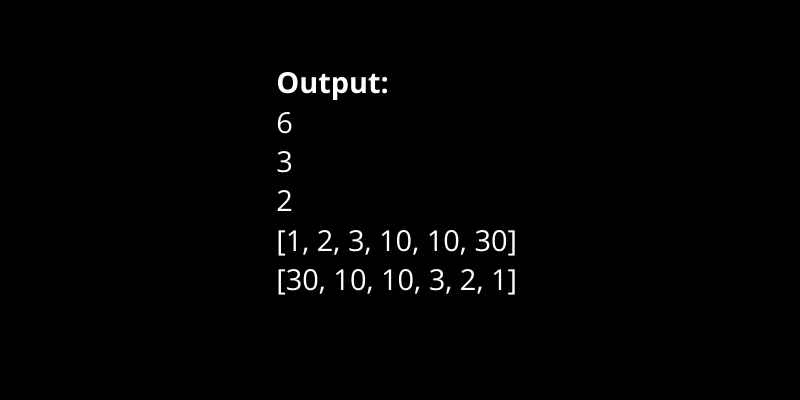
User-Defined Data Structures
Stack
Stacks are linear data structures based on the Last-In-First-Out (LIFO) principle, which states that data inserted last will be accessed first. It is constructed using an array structure and includes activities such as pushing (adding) elements, popping (deleting) elements, and only accessing elements from the TOP of the stack. This TOP is a pointer to the stack’s current location. Recursive programming, reversing words, undo systems in word editors, and other applications employ stacks extensively.
Queue
A queue is a linear data structure based on the First-In-First-Out (FIFO) principle, in which the data in first is accessed first. It is constructed using an array structure and includes operations that can be executed from either the head or tail end of the Queue. En-Queue and De-Queue operations are used to add and delete elements, and accessing the elements is possible. Queues are used as Network Buffers to manage traffic congestion, as well as Job Scheduling in Operating Systems.
Tree
Trees are non-linear data structures with nodes and roots. The root is the node from which the data comes, and the nodes are the other data points we have access to. The parent is the node before it, while the child is the node after it. A tree must have levels to demonstrate the depth of information. The leaves are the last nodes in the chain. Trees generate a hierarchy that can be utilised in a variety of real-world applications, such as identifying which tag belongs to which block in HTML pages. It is also useful for searching and many other things.
Conclusion:
So far we discussed about data structure in python and types of data structures in python. So join FITA Academy’s Python Training in Coimbatore to learn more about data structures in python and is python an object oriented language?
